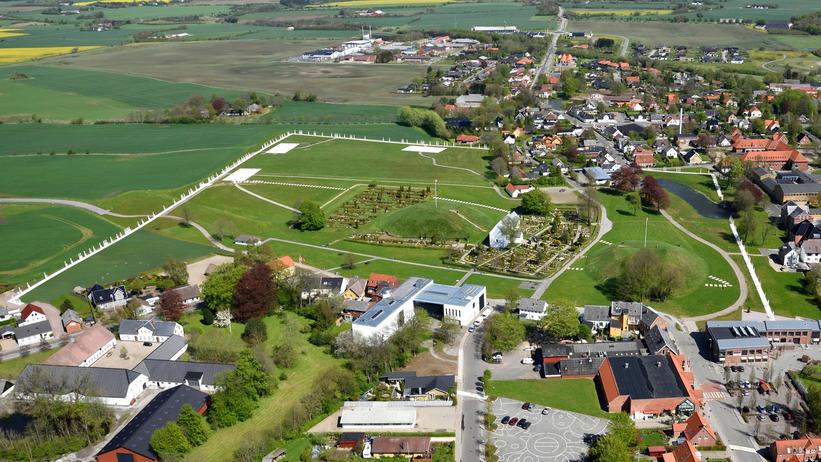by Souad Mekhennet
I was told to come alone. I was not to carry any identification and would have to leave my cell phone, audio recorder, watch, and purse at my hotel in Antakya, Turkey. All I could bring were a notebook and a pen.
In return, I wanted to speak to someone in authority, someone who could explain the long-term strategy of the Islamic State of Iraq and al-Sham, or ISIS. It was the summer of 2014, three weeks before the group became a household name by releasing a video of the beheading of the American journalist James Foley. Even then, I suspected that ISIS would become an important player in the world of global jihad. As a journalist covering Islamic militancy across Europe and the Middle East for the New York Times, major German news outlets, and now the Washington Post, I had watched the group take shape in the world created by the September 11 attacks, two U.S.-led wars, and the upheaval known as the Arab Spring. I had been talking to some of its future members for years.
I told my contacts with ISIS that I would ask whatever questions I wanted and that I wouldn’t clear quotes or show them the article before it was published. I also needed their guarantee that I wouldn’t be kidnapped. And since I’d been told not to bring anyone else from the Post, I asked that the trusted contact who had helped arrange the interview be allowed to accompany me.
“I’m not married,” I told the ISIS leaders. “I cannot be alone with you.”
As a Muslim woman of Moroccan-Turkish descent, born and raised in Germany, I am an outlier among the journalists covering global jihad. But in the years since I started reporting on the September 11 hijackers as a college student, my background has given me unique access to underground militant leaders such as the man I was to meet that July day in Turkey.
I knew that ISIS was holding journalists hostage. What I didn’t know was that the leader I would meet oversaw the group’s hostage program, supervising the British-accented killer who would appear on the videos and become known to the world as Jihadi John. I would learn later that the man I met that summer, who was known as Abu Yusaf, had taken a leading role in torturing the hostages, including waterboarding them.
I had asked to meet Abu Yusaf during the day in a public place but was told that wouldn’t be possible. The meeting would be at night, and in private. A few hours beforehand, my contact moved the time back to 11:30 p.m. This was not a comforting development. A year earlier, members of the German antiterrorism police unit had knocked on my door at home to tell me they had learned of an Islamist plot to lure me to the Middle East with the promise of an exclusive interview, then kidnap me and force me to marry a militant. Those threats came back to me now, as I wondered if I was crazy to be doing this. Despite my nerves, I pressed on. If everything worked out, I would be the first Western journalist to interview a senior ISIS commander and live to tell the story.
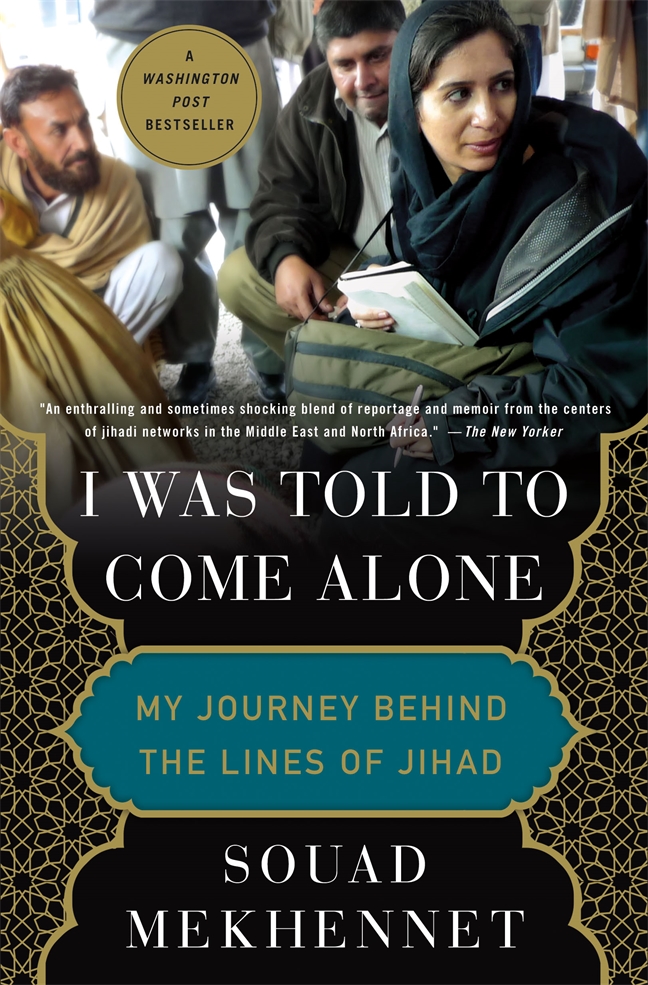 It was a hot day toward the end of Ramadan, and I wore jeans and a T-shirt as I prepared my questions at the hotel in Antakya. Before leaving, I put on a black abaya, a traditional Middle Eastern garment that covers the whole body except for the face, hands, and feet. One of Abu Musab al-Zarqawi’s associates had chosen it for me years earlier, when I’d visited the late Al Qaeda leader’s hometown of Zarqa, Jordan. The Zarqawi associate had bragged that this abaya, which had pink embroidery, was one of the nicest styles in the shop, and the fabric was thin enough to be comfortable even in hot weather. Since then, it has become a sort of good luck charm. I always wear it on difficult assignments.
It was a hot day toward the end of Ramadan, and I wore jeans and a T-shirt as I prepared my questions at the hotel in Antakya. Before leaving, I put on a black abaya, a traditional Middle Eastern garment that covers the whole body except for the face, hands, and feet. One of Abu Musab al-Zarqawi’s associates had chosen it for me years earlier, when I’d visited the late Al Qaeda leader’s hometown of Zarqa, Jordan. The Zarqawi associate had bragged that this abaya, which had pink embroidery, was one of the nicest styles in the shop, and the fabric was thin enough to be comfortable even in hot weather. Since then, it has become a sort of good luck charm. I always wear it on difficult assignments.
We were to meet Abu Yusaf along the Turkish-Syrian border, not far from the border crossing at Reyhanli. I knew the area well: my mother had grown up nearby, and I had visited often as a child.
I said good-bye to my Post colleague Anthony Faiola, who would stay behind at the hotel, leaving phone numbers he could use to reach my family in case anything went wrong. At about 10:15 p.m., the man who had helped arrange this interview, whom I’ll call Akram, picked me up at the hotel. After a forty-minute drive, we pulled into the parking lot of a hotel restaurant near the border and waited. Two cars soon appeared out of the darkness. The driver of the lead car, a white Honda, got out; Akram and I got in. Akram sat behind the wheel and I climbed into the passenger seat.
I twisted around to look at the man I had come to interview, who sat in the back. Abu Yusaf looked to be twenty-seven or twenty-eight and wore a white baseball cap and tinted glasses that masked his eyes. He was tall and well built, with a short beard and curly, shoulder-length hair. Dressed in a polo shirt and khaki cargo pants, he would have blended in seamlessly on any European street.
Three older Nokia or Samsung cell phones lay on the seat beside him. For security reasons, he explained, no one in his position would use an iPhone, which could make him especially vulnerable to surveillance. He wore a digital watch similar to those I’d seen on American soldiers in Iraq and Afghanistan. His right pocket bulged; I assumed he was carrying a gun. I wondered what would happen if the Turkish police stopped us.
Akram turned the key in the ignition, and the car began to move in darkness along the Turkish side of the border, sometimes passing through small villages. I could hear the wind against the car windows. I tried to keep track of where we were, but my conversation with Abu Yusaf drew me in.
He spoke softly and calmly. He tried to hide that he was of Moroccan descent and where exactly in Europe he came from, but I noticed his North African features, and when I switched from classical Arabic to Moroccan Arabic he understood and answered in kind. It turned out he had been born in Morocco but had lived in the Netherlands since his teens. “If you want to check my French as well, just tell me,” he said, smiling. He also spoke Dutch. I would learn later that he had been trained as an engineer.
As we drove, he explained his vision: ISIS would free Muslims from Palestine to Morocco and Spain and then go farther, spreading Islam all over the world. Anyone who resisted would be treated as an enemy. “If the U.S. hits us with flowers, we will hit them back with flowers,” Abu Yusaf said. “But if they hit us with fire, we will hit them back with fire, also inside their homeland. This will be the same with any other Western country.”
ISIS had plenty of resources and expertise, he told me. In fact, the group had begun quietly establishing itself long before it appeared on the world stage. Its members included educated people from Western countries, highly trained security officers from Saddam Hussein’s presidential guard, and former Al Qaeda acolytes. “You just think we have nutcases coming to join us?” he asked. “No. We have people from all over the world. We have brothers from Britain with university degrees and of various descents: Pakistani, Somali, Yemeni, and even Kuwaiti.” Later, I would realize that he was also talking about the guards that several ISIS hostages would dub “the Beatles”: Jihadi John and three others with English accents.
I asked what had pushed him to join the group. Abu Yusaf said that he’d grown fed up with the hypocrisy of Western governments, which were always talking about the importance of human rights and religious freedoms, while relegating their Muslim residents to a kind of second-class citizenship. “In Europe, look how we have been treated,” he told me. “I wanted to be in the society I grew up with, but I felt, ‘You’re just the Muslim, you’re just the Moroccan, you will never be accepted.’”
The U.S. invasion of Iraq in 2003 had been unjust, he said: there were no weapons of mass destruction, Iraqis were tortured in Abu Ghraib, and the Americans faced no consequences. “Then they’re pointing at us and saying how barbaric we are.”
“You say you’re against the killing of innocent people,” I said. “So why are you killing and kidnapping innocent people?”
He was silent for a few seconds. “Every country has a chance to get their people free,” he said. “If they don’t, that’s their problem. We didn’t attack them; they attacked us.”
“When you take people hostage, what do you expect?” I responded.
He then started talking about his Moroccan grandfather, who had fought the French colonialists for freedom, drawing a parallel between that jihad and this one. “This is all the outcome of the Americans colonizing Iraq,” he said. “Now we’re fighting the jihad to free the Muslim world.”
But my grandfather had been a freedom fighter in Morocco, too. When I was a little girl, he’d talked to me about that “jihad,” about how Muslims and their “Jewish brothers” had fought to expel the French who had seized control of their ancestral lands. “We did not kill any women and children, and no civilians,” my grandfather had told me. “That’s not allowed in jihad.” His rebellion was nothing like the horrors perpetrated by ISIS.
“But he was in his country,” I said. “This is not your country.”
“This is Muslim land. This is the country of all Muslims.”
“I grew up in Europe like you,” I told him. “I studied like you in Europe.”
“Why do you still believe the European system is fair and just?” he asked.
“What is the alternative?”
“The alternative is the caliphate.”
Our debate had grown heated, personal. There seemed to be so many parallels between his background and mine. Yet we had chosen different paths, and mine wasn’t what he would call the “right way” for a Muslim woman, not the Islamic way.
“Why are you doing this to yourself?” he asked. “You really believe that the West respects us? Treats us Muslims equally? The only right way is our way,” by which he meant the way of the so-called Islamic State.
“I’ve read your stuff,” he told me. “You interviewed the head of Al Qaeda in the Islamic Maghreb. Why are you just a reporter? Why don’t you have your own TV show in Germany? Why are you not making a career in Germany, with all the awards you’ve won?”
I couldn’t pretend I didn’t know what he was talking about. Coming of age and making my way professionally as a Muslim in Europe had at times been trying. I don’t wear a head scarf; I’m considered a liberal and a feminist; I’ve cowritten a book about finding one of the last living Nazis in Cairo and won prestigious fellowships in America. But Abu Yusaf was right: I don’t have a TV show in Germany. To rise in my home country as a Muslim migrant, or even as the child of migrants, you have to toe the line and praise Europe’s progressiveness. If you criticize the government too loudly or raise serious questions about anything from foreign policy to Islamophobia, the backlash can be intense.
I obviously didn’t agree with Abu Yusaf that the caliphate was the solution. But I couldn’t help thinking that Western societies and politicians have made little progress toward addressing the policies that radicalize young men like him. More intelligence services putting more restrictions on people is not the solution, nor are global surveillance networks that compromise the privacy of the innocent along with the guilty. Abu Yusaf was part of a generation of young Muslims who were radicalized by the invasion of Iraq, much as the generation before him had been radicalized by the Soviet invasion of Afghanistan in 1979. In some ways, he reminded me of my younger brother, and I felt a big sister’s responsibility to protect him. But I knew it was too late for that.
“You may be right that we face discrimination and the world is unfair,” I told him. “But this is not the jihad, what you’re fighting. Jihad would have been if you’d stayed in Europe and made your career. It would have been a lot harder. You have taken the easiest way out.”
For a few seconds, no one said anything.
Abu Yusaf had insisted on taking me back to Antakya rather than returning to our original meeting point, and by this time we were close to my hotel. I thanked him and climbed out of the car. Even at this hour, the coffee shops were busy with people eating before dawn, as is common in Ramadan, when Muslims fast during the day. I felt glad to have gotten the interview, but I was also worried. Abu Yusaf had spoken with such confidence and fury. “Whoever attacks us will be attacked in the heart of their countries,” he had said, “no matter if it’s the USA, France, Britain, or any Arab country.”
We’re losing one after the other, I thought. This guy could have been somebody different. He could have had a different life.
Souad Mekhennet is a national security correspondent for The Washington Post, and she has reported on terrorism for The New York Times and other news organizations. She is the coauthor of three previous books and was named a Young Global Leader by the World Economic Forum. She was a Nieman Fellow at Harvard University and has also held fellowships at the Johns Hopkins School of Advanced International Studies and the Geneva Center for Security Policy.
Souad is the author of I Was Told to Come Alone: My Journey Behind the Lines of Jihad and coauthor, with Nicholas Kulish, of The Eternal Nazi.
The post A Reporter’s Journey Behind the Lines of ISIS appeared first on The History Reader.
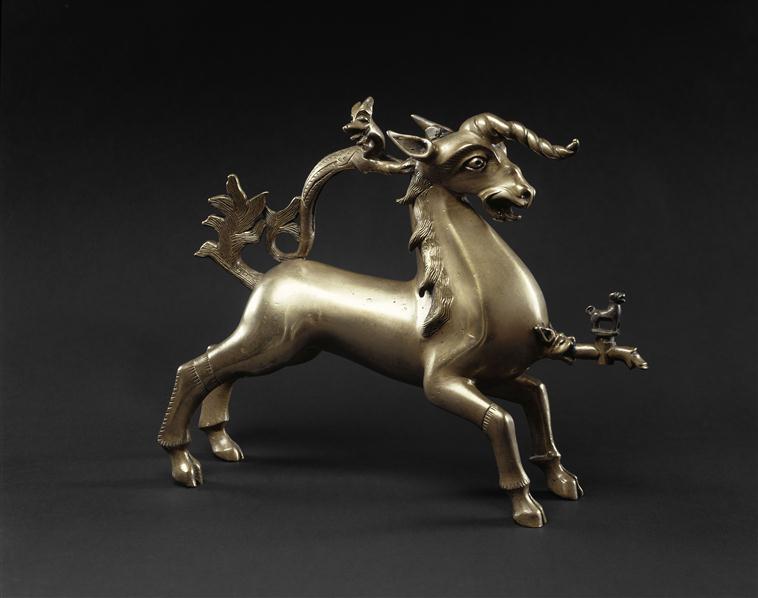
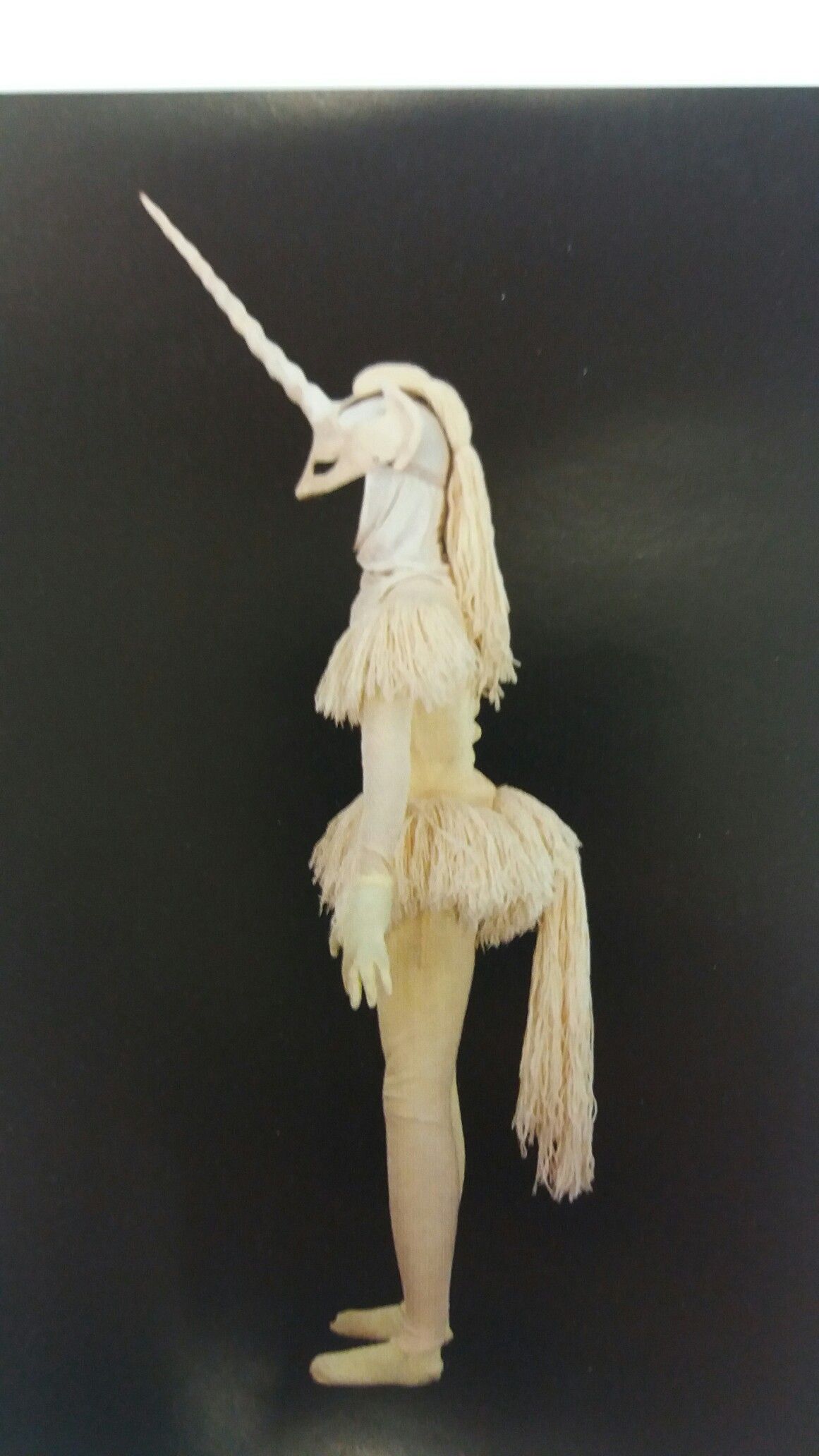
Les secrets de la licorne
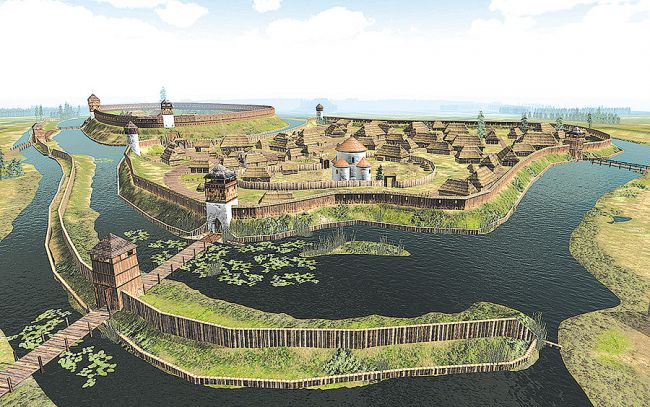
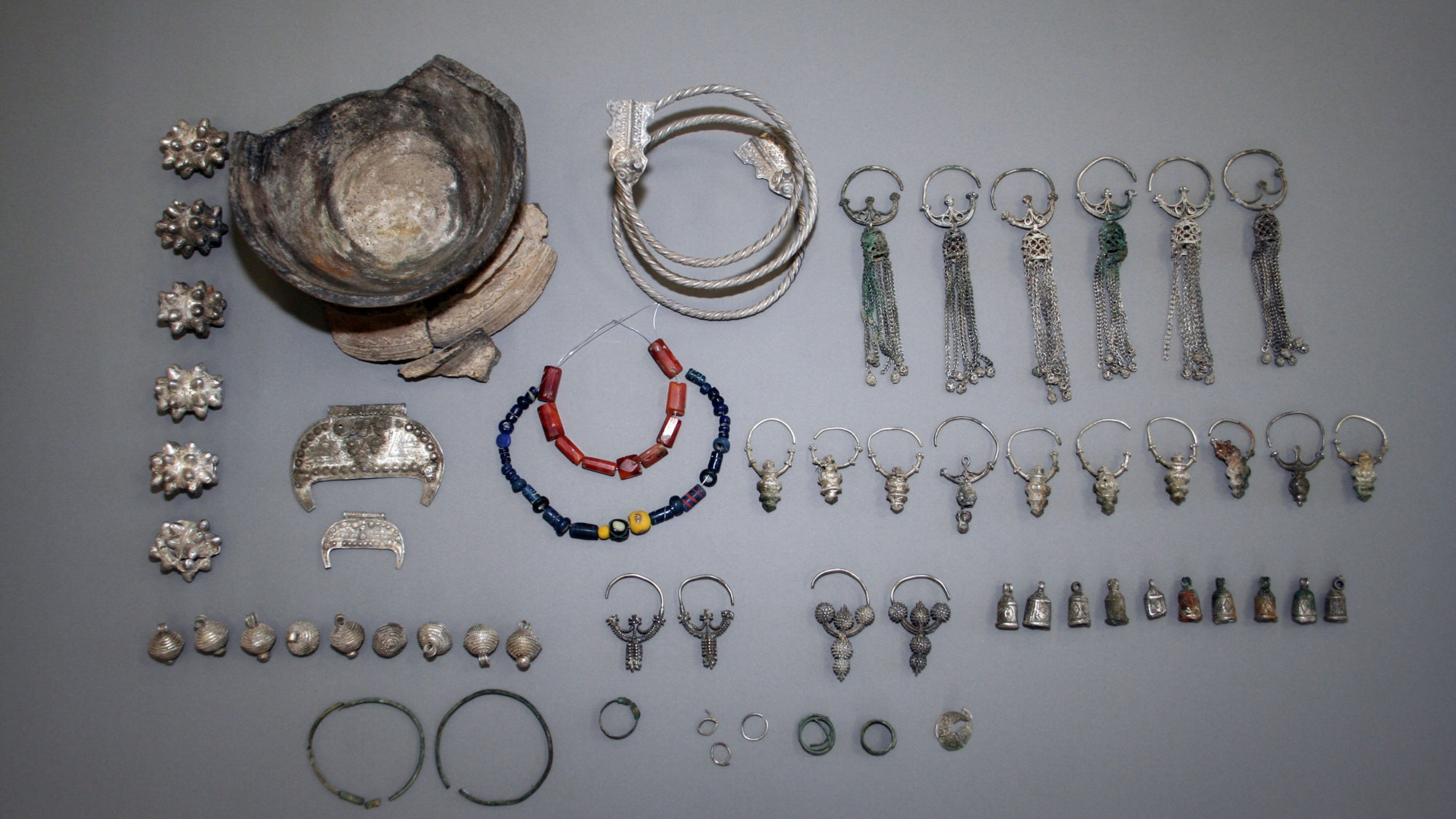
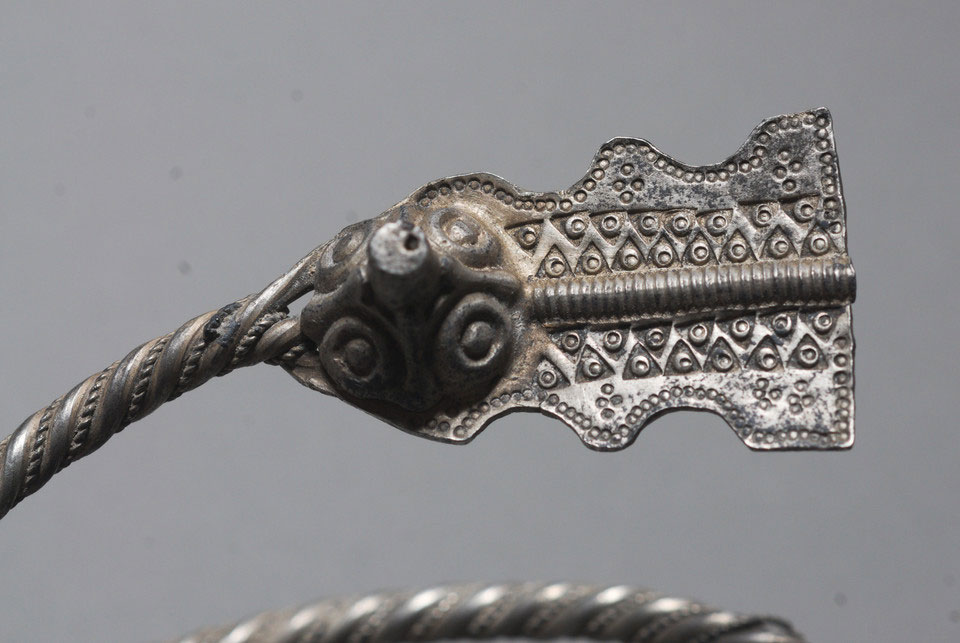
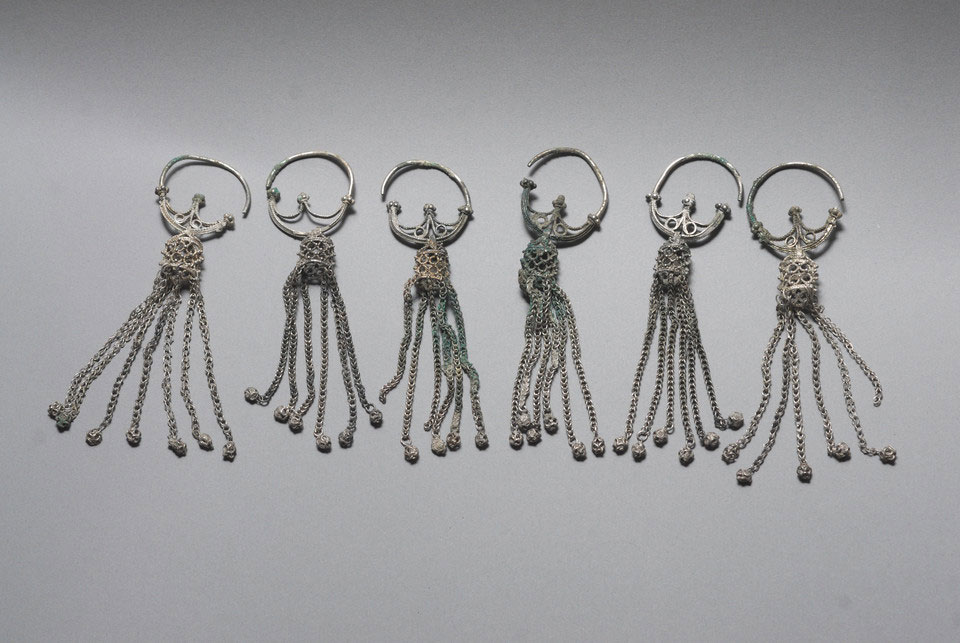
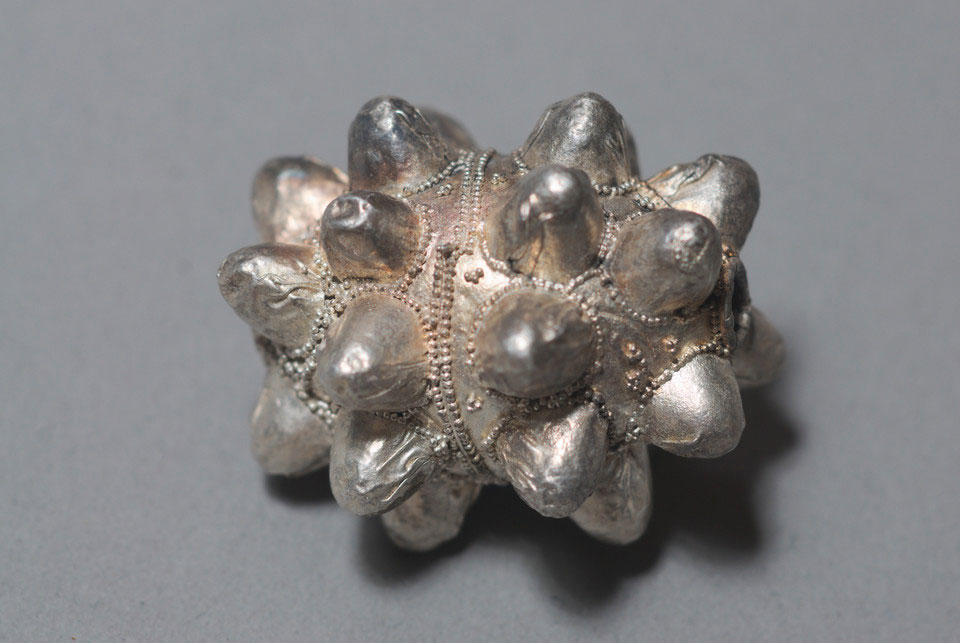
 It was a hot day toward the end of Ramadan, and I wore jeans and a T-shirt as I prepared my questions at the hotel in Antakya. Before leaving, I put on a black abaya, a traditional Middle Eastern garment that covers the whole body except for the face, hands, and feet. One of Abu Musab al-Zarqawi’s associates had chosen it for me years earlier, when I’d visited the late Al Qaeda leader’s hometown of Zarqa, Jordan. The Zarqawi associate had bragged that this abaya, which had pink embroidery, was one of the nicest styles in the shop, and the fabric was thin enough to be comfortable even in hot weather. Since then, it has become a sort of good luck charm. I always wear it on difficult assignments.
It was a hot day toward the end of Ramadan, and I wore jeans and a T-shirt as I prepared my questions at the hotel in Antakya. Before leaving, I put on a black abaya, a traditional Middle Eastern garment that covers the whole body except for the face, hands, and feet. One of Abu Musab al-Zarqawi’s associates had chosen it for me years earlier, when I’d visited the late Al Qaeda leader’s hometown of Zarqa, Jordan. The Zarqawi associate had bragged that this abaya, which had pink embroidery, was one of the nicest styles in the shop, and the fabric was thin enough to be comfortable even in hot weather. Since then, it has become a sort of good luck charm. I always wear it on difficult assignments.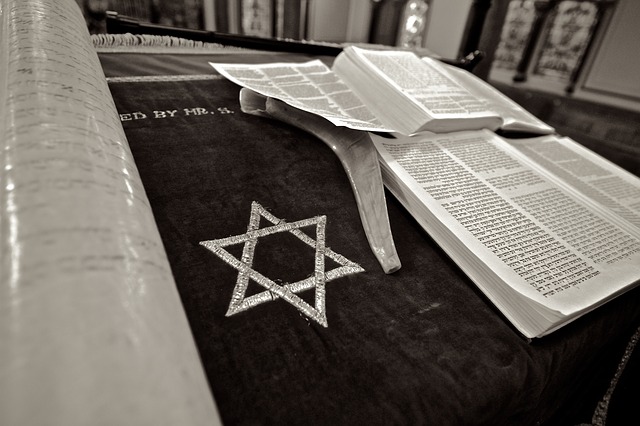 This is true not just of the term “tikkun olam,” but of Jewish social justice more generally. It was one thing for the Reformers to declare they were changing Judaism’s direction. But, as we discovered in the previous chapter, Jewish social justice activists today aren’t saying that that’s what they’re doing anymore. For the last few decades they’ve been saying this is authentic, traditional Judaism. That is, their liberal politics represent Judaism as it was always meant to be understood. Think about that. Isn’t it just a little bit incredible for the teachings of the ancient faith of Judaism to happen to comprise without exception the agenda of the liberal wing of today’s Democratic Party?
This is true not just of the term “tikkun olam,” but of Jewish social justice more generally. It was one thing for the Reformers to declare they were changing Judaism’s direction. But, as we discovered in the previous chapter, Jewish social justice activists today aren’t saying that that’s what they’re doing anymore. For the last few decades they’ve been saying this is authentic, traditional Judaism. That is, their liberal politics represent Judaism as it was always meant to be understood. Think about that. Isn’t it just a little bit incredible for the teachings of the ancient faith of Judaism to happen to comprise without exception the agenda of the liberal wing of today’s Democratic Party?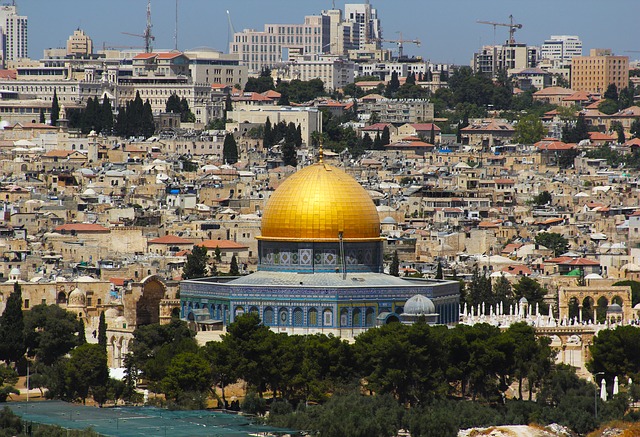 In his book Why Are Jews Liberals?, the neoconservative intellectual Norman Podhoretz wrote about how the Eastern European immigrants who got involved in labor activism and radical politics were effectively converting from Judaism to Marxism. Indeed the editor Abraham Cahan, as we mentioned earlier, declared that socialism is the new Torah. But the social justice movement has now in a sense reversed this process. Tikkun olam is not about turning Jews into Marxists. It’s about rebranding Marxism as Judaism. “The Marxists,” Michael Lerner writes, “certainly didn’t invent the challenge to private property. Anyone who has ever bothered to read the Torah knows that God claims the ownership of the world.”
In his book Why Are Jews Liberals?, the neoconservative intellectual Norman Podhoretz wrote about how the Eastern European immigrants who got involved in labor activism and radical politics were effectively converting from Judaism to Marxism. Indeed the editor Abraham Cahan, as we mentioned earlier, declared that socialism is the new Torah. But the social justice movement has now in a sense reversed this process. Tikkun olam is not about turning Jews into Marxists. It’s about rebranding Marxism as Judaism. “The Marxists,” Michael Lerner writes, “certainly didn’t invent the challenge to private property. Anyone who has ever bothered to read the Torah knows that God claims the ownership of the world.” We have no way of seeing into the true workings of their hearts and minds, of course, but we do know from everything their guards later said that Alexandra, in particular, had by now resolutely given herself up to God. She was in almost constant pain—her heart, her back, her legs, everything ached—and her faith was her only refuge. She seemed content to retreat into a state of religious meditation, spending most of her time being read to from her favorite spiritual works, usually by Tatiana. One of the girls always sat with her, giving up her precious recreation time when the others were allowed out into the garden. But, as always, none of the four sisters ever complained. They accepted their situation with incredible forbearance. Nicholas, too, struggled on as best he could, buoyed up by his faith and the loving support of his daughters, although Olga—perhaps, of all the family, consumed by a private sense of despair—had become very thin and morose and was more withdrawn than ever. Her brother and sisters, however, all longed for something to relieve their crippling boredom. In the absence of access to the outside world, their only diversions were snatches of conversation with the more sympathetic of their guards, but even these had been severely curtailed by the new commandant, Yakov Yurovsky, at the beginning of July.
We have no way of seeing into the true workings of their hearts and minds, of course, but we do know from everything their guards later said that Alexandra, in particular, had by now resolutely given herself up to God. She was in almost constant pain—her heart, her back, her legs, everything ached—and her faith was her only refuge. She seemed content to retreat into a state of religious meditation, spending most of her time being read to from her favorite spiritual works, usually by Tatiana. One of the girls always sat with her, giving up her precious recreation time when the others were allowed out into the garden. But, as always, none of the four sisters ever complained. They accepted their situation with incredible forbearance. Nicholas, too, struggled on as best he could, buoyed up by his faith and the loving support of his daughters, although Olga—perhaps, of all the family, consumed by a private sense of despair—had become very thin and morose and was more withdrawn than ever. Her brother and sisters, however, all longed for something to relieve their crippling boredom. In the absence of access to the outside world, their only diversions were snatches of conversation with the more sympathetic of their guards, but even these had been severely curtailed by the new commandant, Yakov Yurovsky, at the beginning of July. On 14 July the Romanovs had unexpectedly been allowed the special privilege of a service, conducted for them at the Ipatiev House by a local priest, Father Ivan Storozhev. He had been deeply moved by their devotion and the enormous comfort they had clearly taken in being allowed to worship together; but he had also been chilled by an eerie sense of doom that had prevailed throughout the singing of the liturgy. It was almost as though the family had been sharing, knowingly, in their own last rites.
On 14 July the Romanovs had unexpectedly been allowed the special privilege of a service, conducted for them at the Ipatiev House by a local priest, Father Ivan Storozhev. He had been deeply moved by their devotion and the enormous comfort they had clearly taken in being allowed to worship together; but he had also been chilled by an eerie sense of doom that had prevailed throughout the singing of the liturgy. It was almost as though the family had been sharing, knowingly, in their own last rites.

